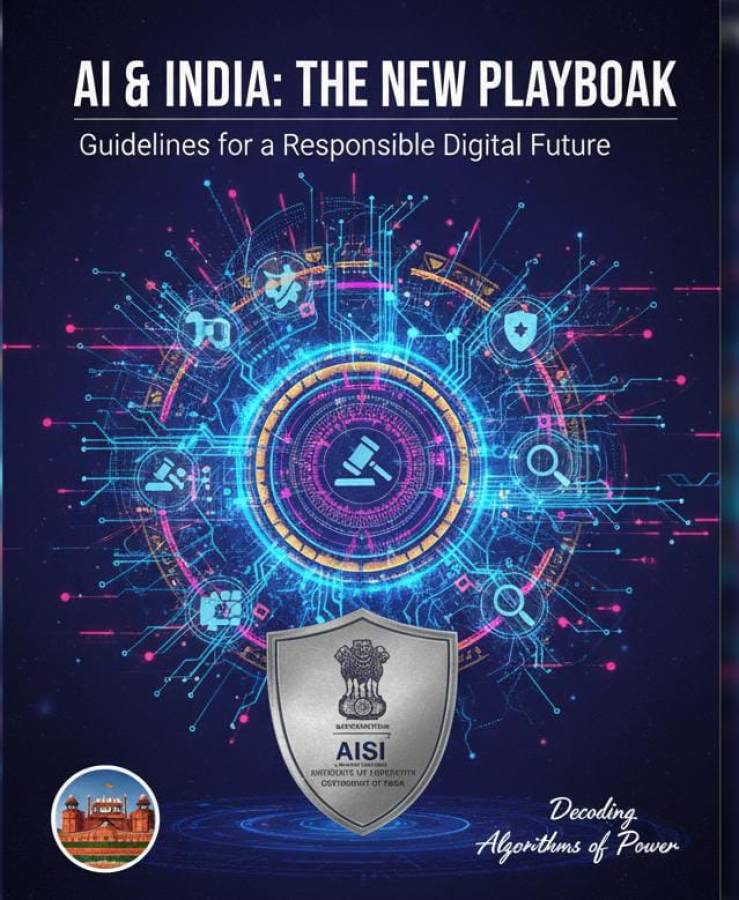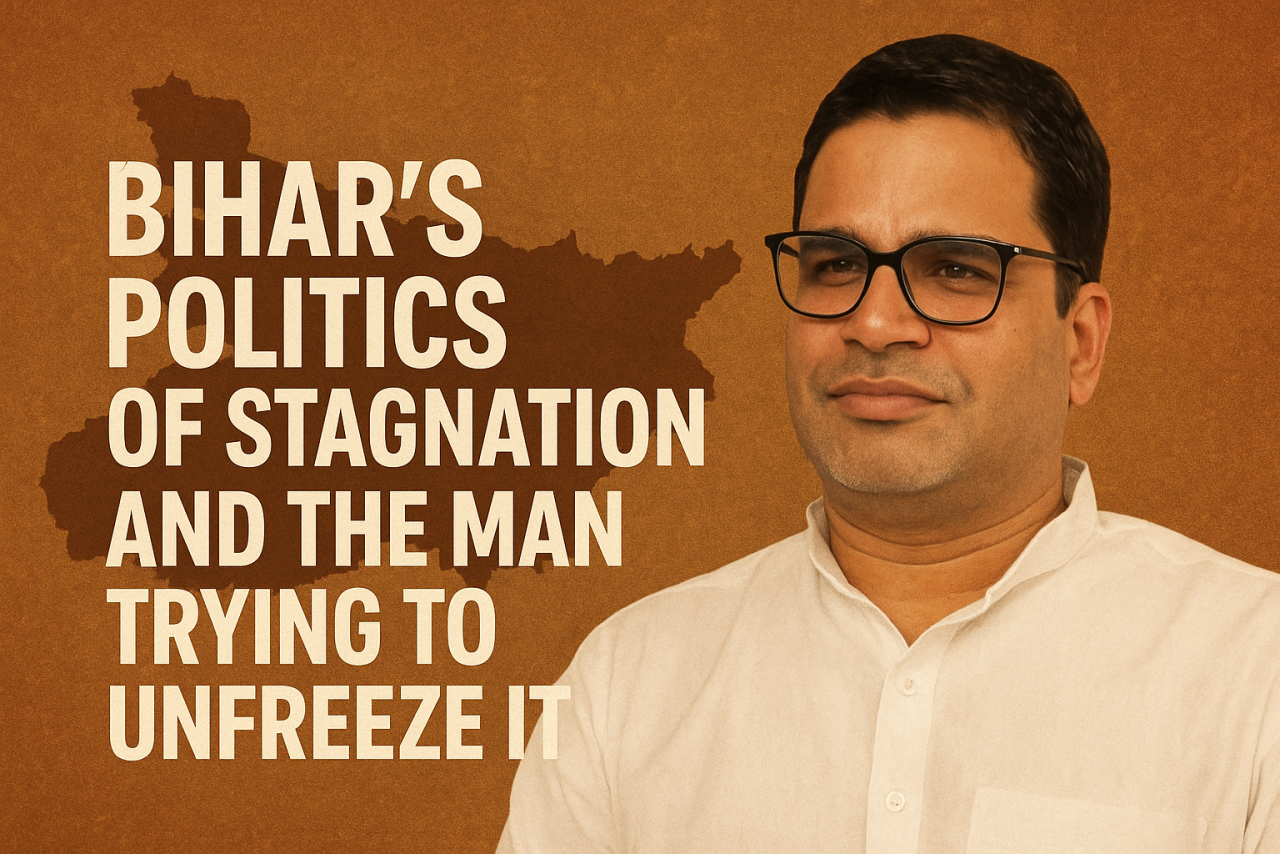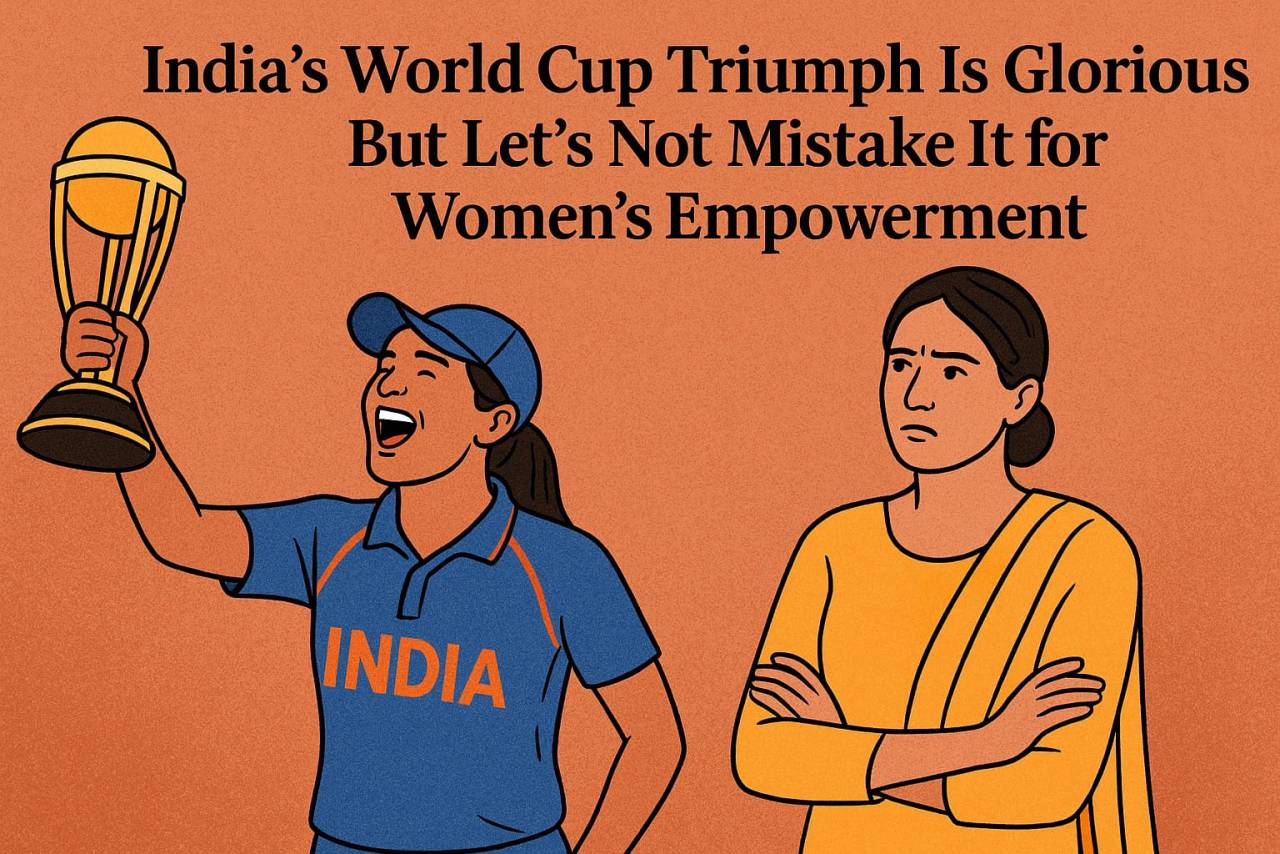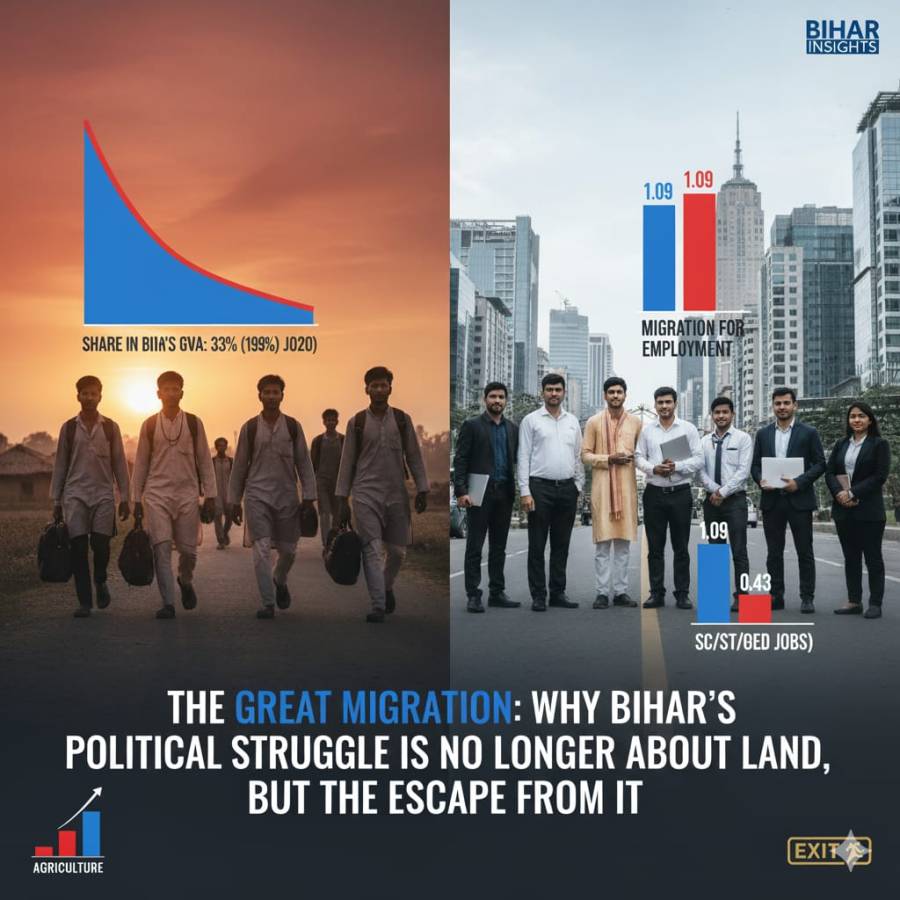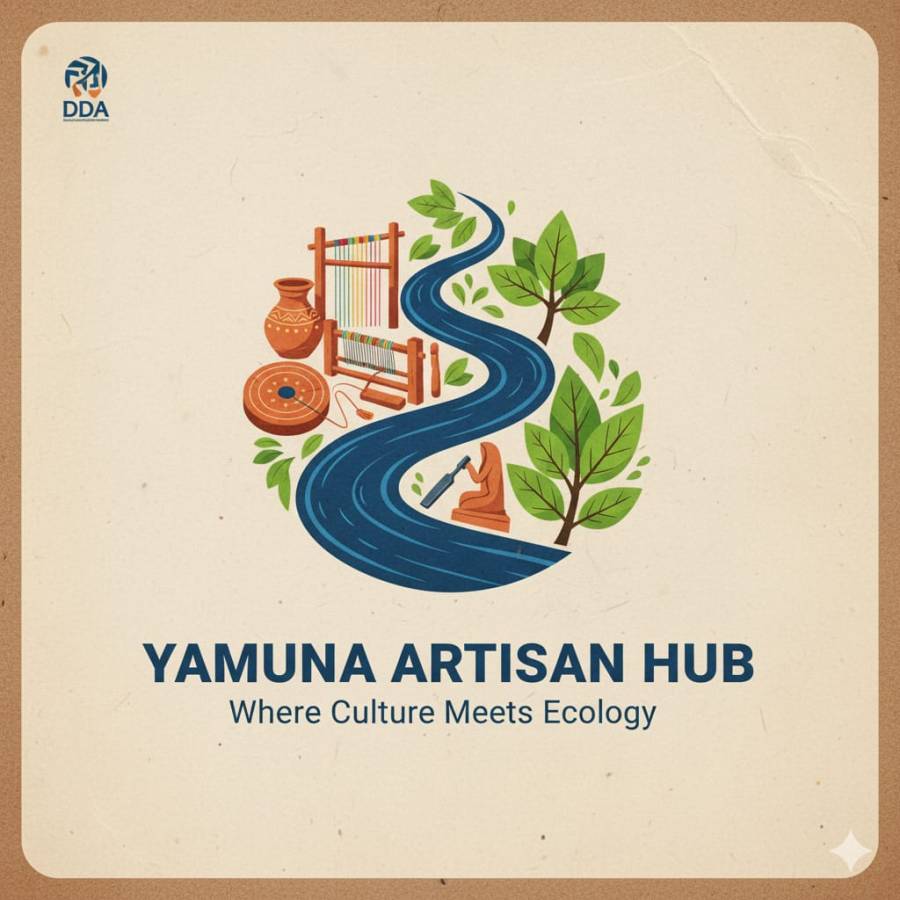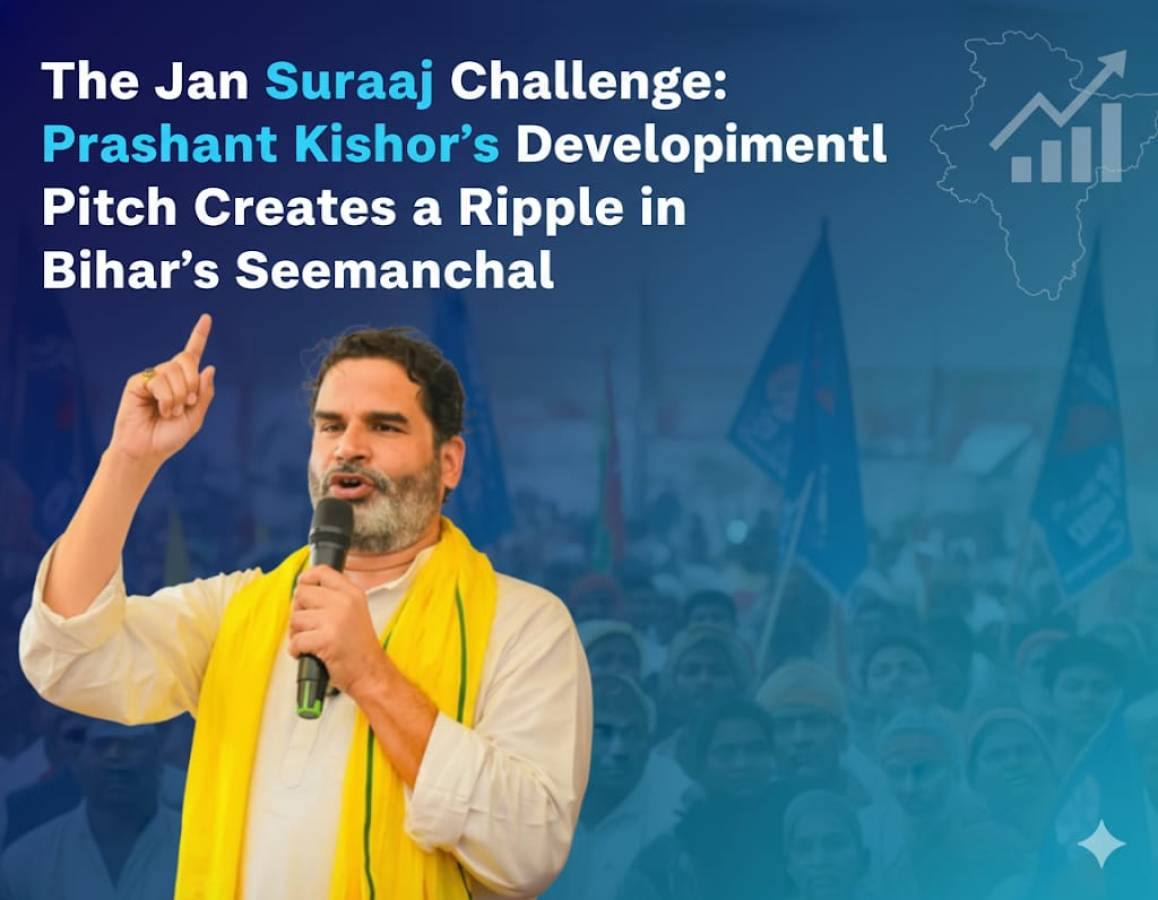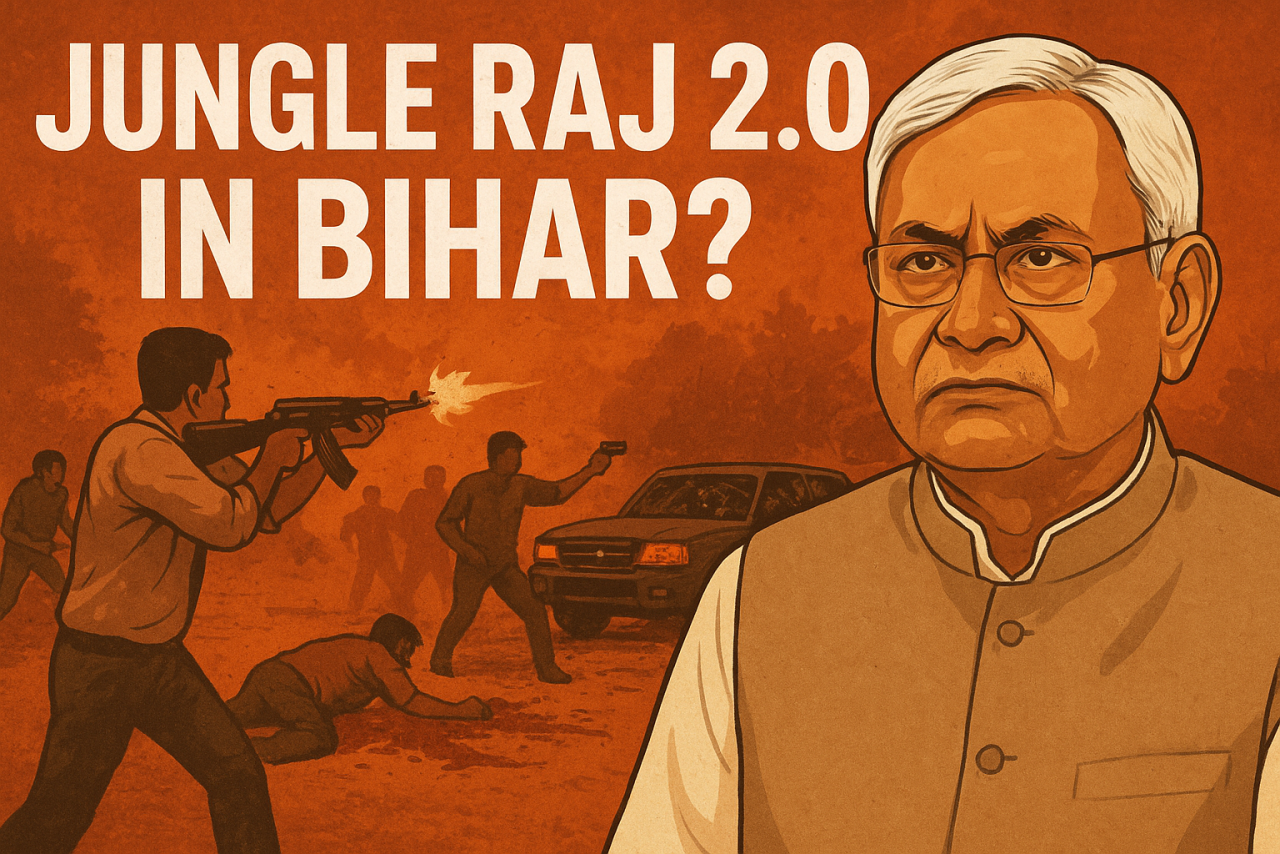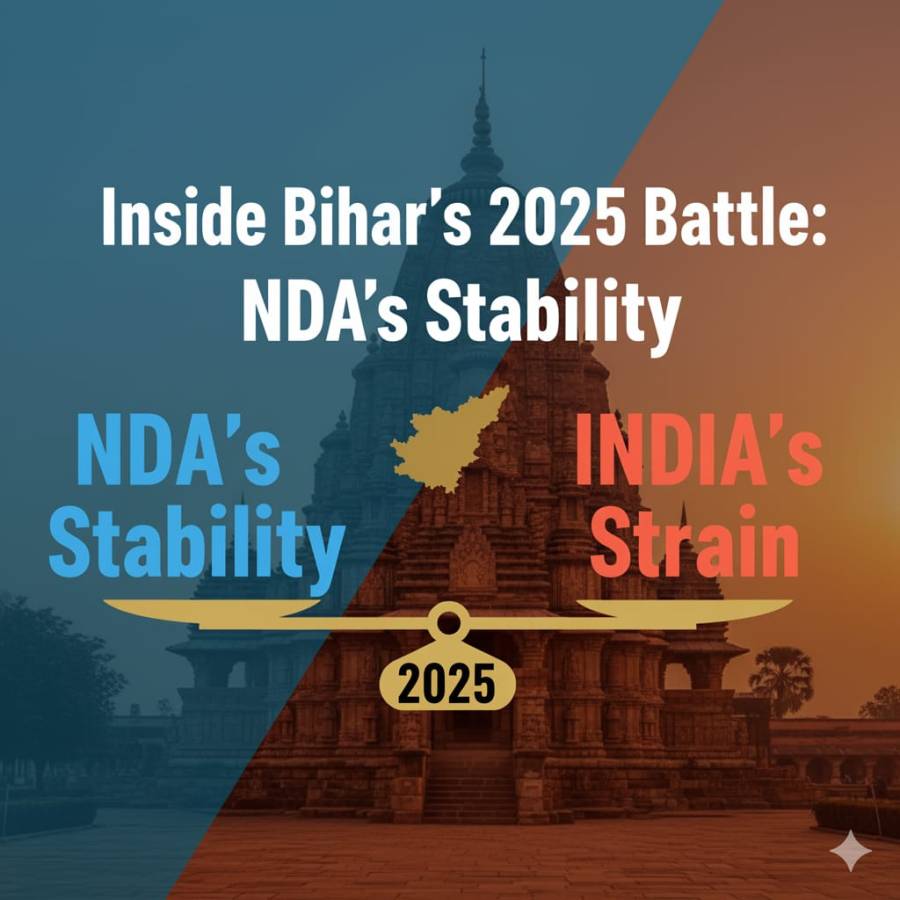
The recent inauguration of the FIDE Chess World Cup 2025 in Goa, a major global event featuring a massive contingent of Indian players, including the reigning World Champion D Gukesh, offers a powerful moment for introspection. While the nation rightly celebrates its newfound dominance on the 64 squares, the spotlight on chess inevitably highlights a broader, more critical national issue the urgent need to diversify India's sporting culture, which remains disproportionately dominated by cricket.
For decades, the narrative of Indian sports has been almost entirely synonymous with cricket. This monomania, though financially successful and emotionally resonant, has inadvertently starved other deserving disciplines of resources, media visibility, and crucially, public imagination. Encouraging a robust and balanced sports culture in India is not merely about winning more Olympic medals but leveraging the intrinsic benefits of diverse sporting pursuits for national development and individual empowerment.
The Chess Model for Sporting Excellence
Chess, despite being an indoor mind sport, provides a compelling model for what a thriving, diverse sports ecosystem can look like. Its resurgence, spearheaded by the legacy of Viswanathan Anand and now amplified by a cohort of young Grandmasters like Gukesh, Praggnanandhaa, and Arjun Erigaisi, was built on three key pillars that other sports can emulate.
First, India’s chess success relies on a structured talent pipeline. Anand’s influence fostered a network of academies and coaching centres that transitioned chess from a niche hobby to a credible, professional career path. This grassroots infrastructure ensures that talent, regardless of geographic location or socio-economic background, is identified and nurtured.
Second, the chess community successfully leveraged digital platforms and technology. The rise of online chess during the pandemic, coupled with streaming and analytical tools, made high-level training accessible and provided unprecedented visibility for rising stars. This digital engagement bypassed traditional media gatekeepers, creating its own enthusiastic audience.
Third, the success has attracted institutional and corporate recognition. Hosting the World Cup and seeing Indian players ascend to the top rankings naturally draws sponsors and government support, creating a virtuous cycle of funding and performance. This is the blueprint for creating a sporting powerhouse a model of development and popularization that must be replicated across disciplines like badminton, wrestling, athletics, and shooting.
The Challenge of Cricket's Hegemony
The central challenge to sporting diversity remains the gravitational pull of cricket. It consumes the lion's share of corporate sponsorship, media airtime, and public interest. This leaves sports like hockey, once a national pride, and athletics, which relies on raw talent and scientific training, struggling for basic infrastructure and sustained funding.
To break this cycle, a fundamental shift in perception is required. Sports must be viewed not just as entertainment but as a core component of a healthy, competitive society. The benefits of participating in diverse sports are immense improved physical health, enhanced teamwork, discipline, and the cognitive skills so evident in chess players.
Fostering a Culture of Many Champions
Encouraging a holistic sports culture requires a multi-pronged, analytical approach that moves beyond ad hoc financial rewards.
Infrastructure at the Grassroots: Investment must be prioritized for quality, multi-sport facilities at the school and district levels. Every school needs to be equipped to offer more than two sports, complete with certified coaches.
Media and Visibility: Non-cricket sports need guaranteed prime-time coverage. Successful leagues like the Pro Kabaddi League demonstrate that consistent, quality broadcasting can create stars and a dedicated fan base for traditionally overlooked sports. The media must actively participate in championing non-cricket icons.
Institutional Continuity: Sports federations must be transparent, professional, and stable to ensure that government funds are utilized effectively. The recent attention on underutilization of funds by certain federations is a serious threat to the growth of talent and must be remedied immediately.
The FIDE World Cup is a celebration of Indian intellect and sporting prowess. It serves as a resounding affirmation that India can dominate any sport it chooses to prioritize. The next frontier is to apply the strategic, systematic thinking of chess to the entire spectrum of Indian sports, ensuring that Gukesh’s triumph is not an exception but a template for a new generation of champions in every arena.


